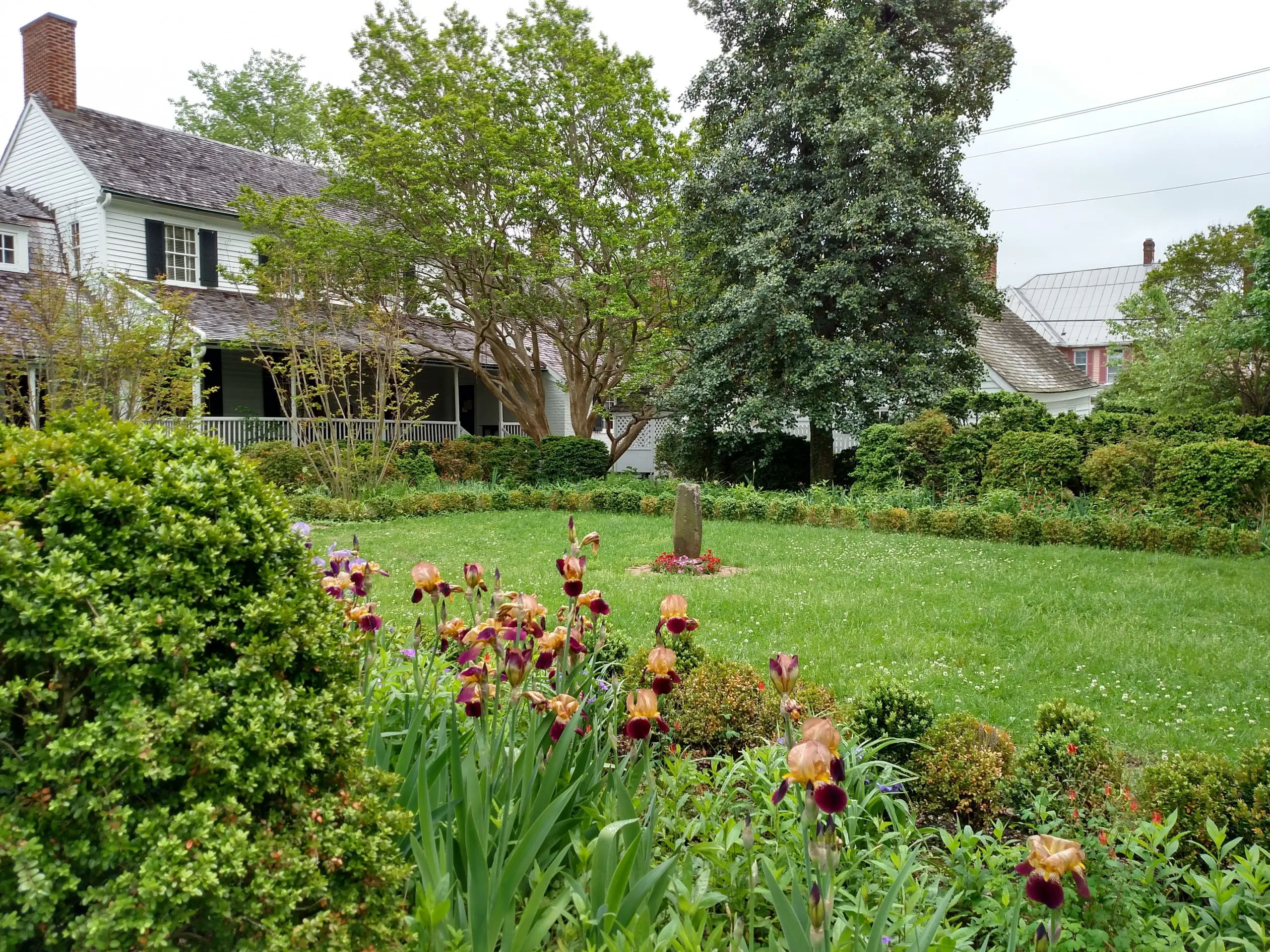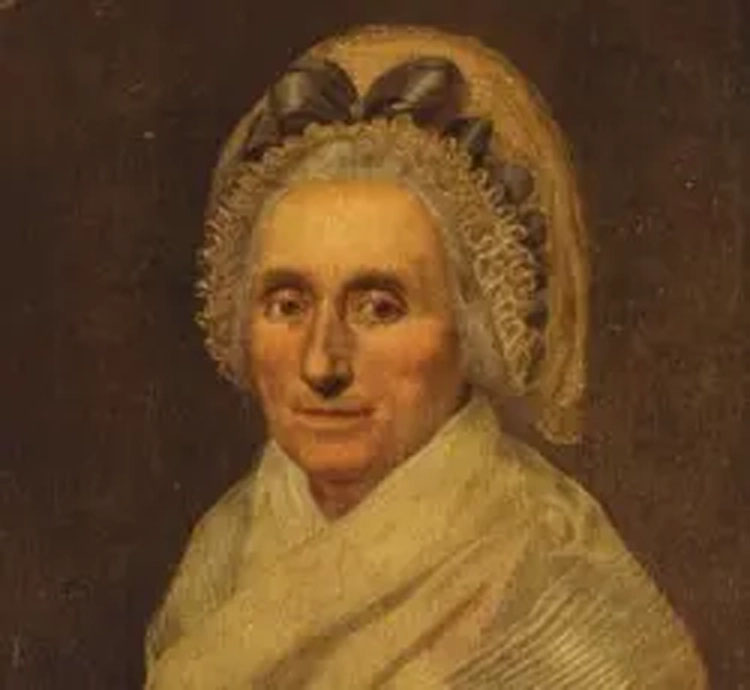
MaryBallWash...

mary-ball-wa...

Mary was born on 30 NOV 1708 in Lancaster County, VA, the daughter of Joseph Matthaus Ball and Mary Johnson.
She died on 25 AUG 1789 in Fredericksburg, Stafford, Virginia, USA.
Her husband was Augustine Washington. They were married, but the date and place have not been found. Their only known child was George (1732-1799).
| Event | Date | Details | Source | Multimedia | Notes | ||
|---|---|---|---|---|---|---|---|
| Birth | 30 NOV 1708 |
|
|||||
| Death | 25 AUG 1789 |
|
 MaryBallWash... |
 mary-ball-wa... |
Note 1
Mary Ball Washington was George Washington's mother. Limited information about Mary and her personal life has survived, although the historical record shows that she shared a complex and oftentimes strained relationship with her son. Mary has garnered a type of “mythos” over time, venerated as “The Mother of Washington” by groups in the nineteenth and early twentieth centuries and vilified by some historians in more recent years. Despite her many mythologies, Mary, as George Washington's sole surviving parent, was an undeniably influential figure in the life of the first president.
Mary was born between 1707 and 1709 at Epping Forest, the Tidewater Virginia home of her father, Joseph Ball, and her mother, Mary Johnson.1 Mary’s father died when she was an infant and although her mother remarried, she also died by the time Mary was twelve. Mary became the legal ward of her uncle, Colonel George Eskridge, the Burgess of Westmoreland.2 In 1731, Eskridge introduced Mary to Augustine Washington, his recently widowed brother-in-law. The pair married shortly afterwards and moved to the Washington family home at Pope’s Creek, Virginia.
The most commonly repeated story about Mary Washington details her refusal to allow George to join the Royal Navy in 1746, despite the encouragement of Lord Fairfax and George’s older half-brother Lawrence. Mary came to this conclusion after writing to her brother Joseph Ball, who lived in London. Joseph argued that life in the Navy would be laborious and unprofitable for George, as “a planter that has three or four hundred acres of land and three or four slaves, if he be industrious, may live more comfortably.”5 Washington, resigned to his mother’s decision, pursued a career as a land surveyor instead.
In 1771 Mary moved into a house next door to the Fredericksburg home of her daughter Betty, and her husband, Fielding Lewis. Despite the fact that George purchased the home for his mother, Mary frequently complained in both public and private that she lacked resources and regularly asked her son for money.6 Mary was an avid gardener, and popular legend claims that she frequently spent time in prayer on her favorite “high-perched rock” in the garden.
Mary died of breast cancer in Fredericksburg on August 25, 1789.